What are the applications of aluminum nitride ceramics
Aluminum nitride (AlN) ceramic is a new advanced ceramic material with extremely excellent comprehensive performance. It is not a traditional daily-use ceramic, but a high-tech material prepared through special processes, known as one of the “crowns” in the field of ceramic materials. Its core advantages lie in its extremely high thermal conductivity, good thermal expansion coefficient matched with silicon, excellent electrical insulation, reliable high-temperature stability, and chemical inertness. These characteristics make it an ideal material for solving key issues such as thermal management, packaging, and corrosion resistance in modern high-tech industries.
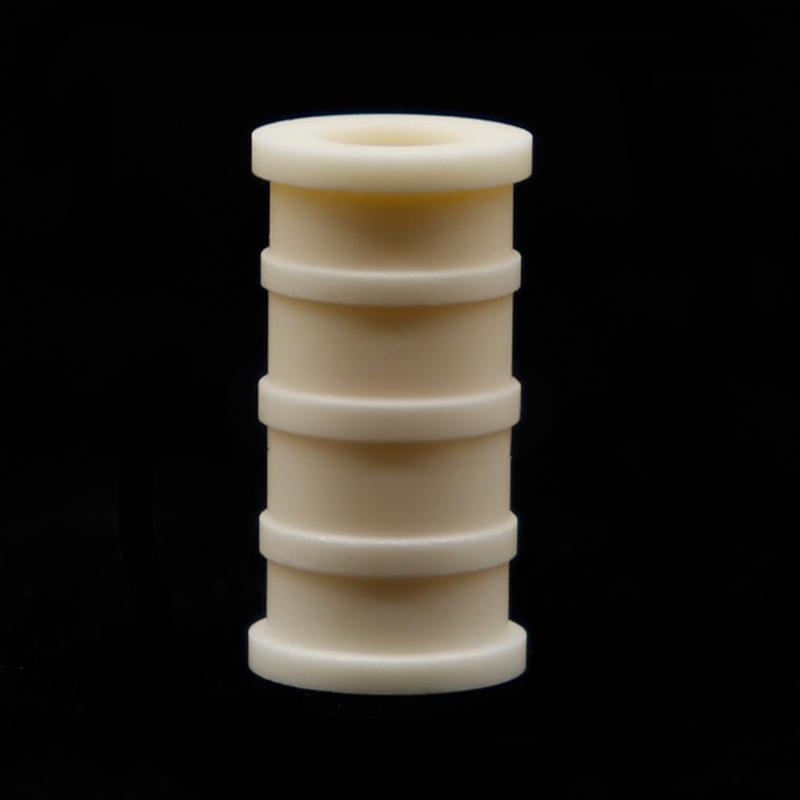
1、 Electronic Industry and Semiconductor Field: The Ultimate Solution for Thermal Management
This is the largest and most important application area of aluminum nitride ceramics. With the increasing power and integration of chips, heat dissipation has become a bottleneck that restricts the performance, reliability, and lifespan of electronic devices. Aluminum nitride ceramics are the key material to solve this core problem.
1.1 Large scale integrated circuit (IC) packaging and heat dissipation substrate
Solution: Traditional aluminum oxide (Al ₂ O ∝) substrates have low thermal conductivity (about 20-30 W/mK), which cannot meet the heat dissipation requirements of high-power chips such as CPUs, GPUs, FPGAs, and IGBTs, resulting in high junction temperatures, decreased performance, and even burnout.
Application manifestation: The thermal conductivity of aluminum nitride ceramics is as high as 170-230 W/mK, which is 7-10 times that of aluminum oxide. It can quickly conduct the heat generated by the chip to the heat sink, significantly reducing the working junction temperature of the chip. It is mainly used for:
Ceramic packaging substrate: As the carrier and heat dissipation path of chips, circuits are made through thin film or thick film processes.
Thermal Pad: filled between the chip and the heat sink, replacing thermal grease to provide a more stable and efficient thermal channel.
1.2 Key components of semiconductor equipment
Problem solving: Semiconductor manufacturing processes such as etching and CVD require extremely high requirements for the corrosion resistance, purity, and plasma erosion resistance of the components inside the cavity, which must be carried out in a corrosive gas and plasma environment. At the same time, the process requires strict precision in temperature control.
Application manifestation: Utilizing the high temperature resistance, corrosion resistance, high purity, and good thermal conductivity of aluminum nitride for manufacturing:
ESC (Electrostatic Chuck): It uses electrostatic suction force to fix silicon wafers and precisely controls the wafer temperature (-60 ° C to 150 ° C) through internal cooling channels. It is the core component of lithography, etching and other equipment.
Heater: A base heating plate used for CVD and other equipment, providing a uniform and stable high-temperature environment.
Chamber Liner: protects the metal chamber from plasma and corrosive gases, reduces metal contamination, and extends equipment life.
1.3 Microwave vacuum electronic devices
Problem solving: High power microwave devices such as traveling wave tubes and klystrons generate a large amount of heat during operation, while maintaining stable signal transmission at high frequencies. The packaging material is required to have both extremely high thermal conductivity and low dielectric constant and loss.
Application manifestation: Aluminum nitride ceramics perfectly match these requirements and are used as energy windows (RF Windows), support rods, and packages to ensure stable operation and long lifespan of devices at high power.
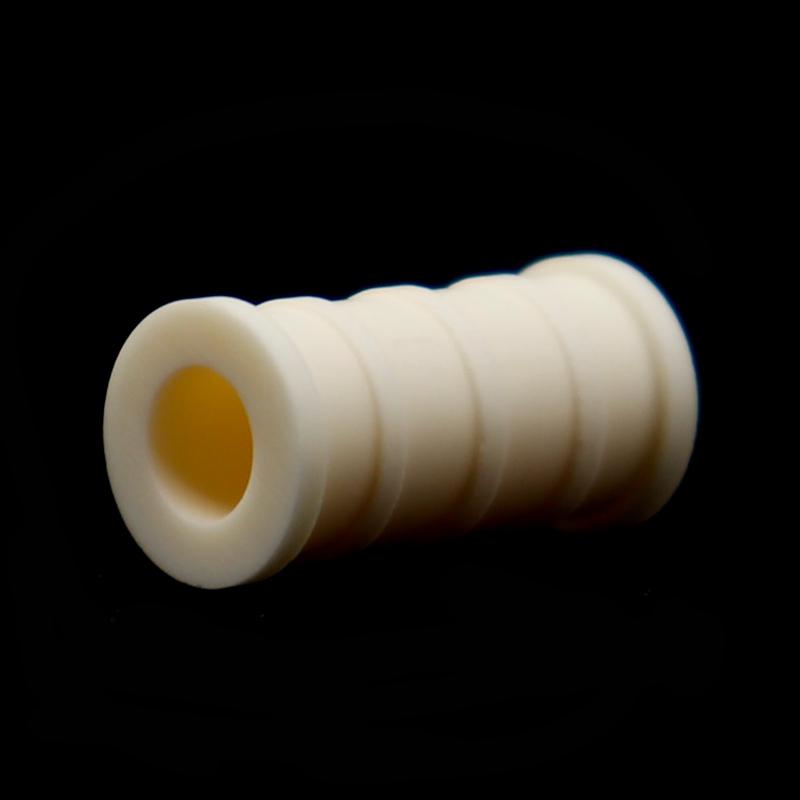
2、 Optoelectronics and LED fields: the cornerstone of high-power density lighting
Problem solving: The luminous efficiency and service life of high-power LED chips strongly depend on the operating temperature. For every 10 ° C increase in temperature, the lifespan may be halved. Traditional metal substrates and plastic packaging cannot effectively dissipate heat, which limits the brightness improvement of LEDs and the development of mini/micro LED technology.
Application manifestation: Aluminum nitride ceramic substrate has become the preferred substrate material for high-end COB (Chip on Board) integrated packaging and high-power LED devices due to its insulation and high thermal conductivity characteristics. It can:
Quickly dissipate heat, allowing LEDs to operate at higher currents and achieve higher brightness.
Provide excellent insulation protection to ensure circuit safety.
Matching the coefficient of linear expansion with the chip reduces thermal stress and improves packaging reliability.
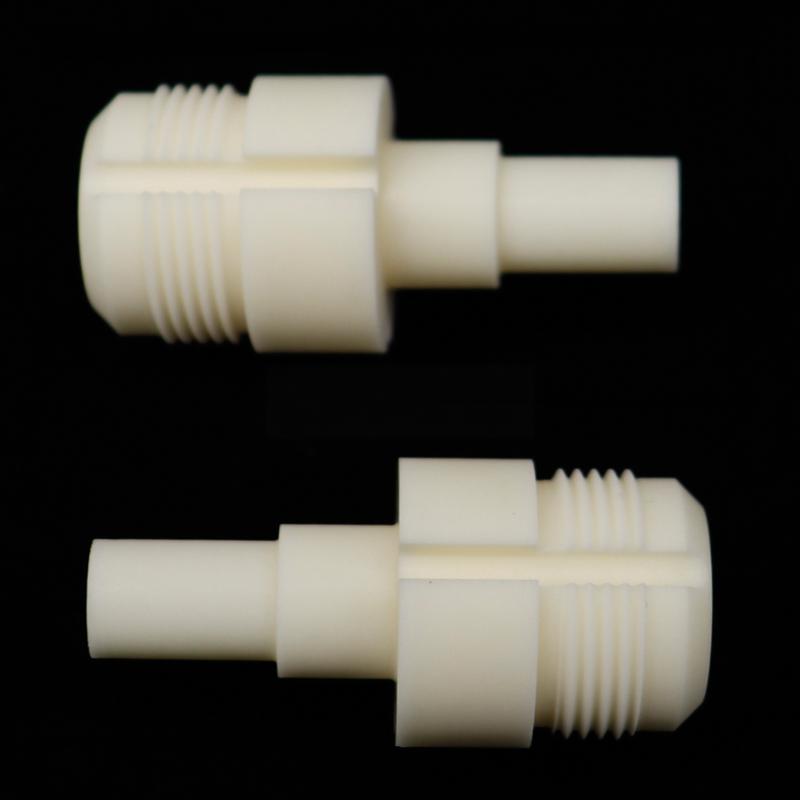
3、 In the field of power electronics and new energy vehicles: the “radiator” for energy conversion
Problem solving: IGBT and SiC (silicon carbide) high-power modules are widely used in the electric drive system, on-board charger (OBC), and DC DC converter (DC-DC) of new energy vehicles. These modules have high switching frequency, high losses, and extremely severe heat generation. Poor heat dissipation directly affects the overall performance and range of the vehicle.
Application manifestation: Aluminum nitride ceramic is used as the ceramic insulation layer of DCB (Direct Copper Bonded) substrate, directly coated with copper, becoming the core component of power modules. It has played a role in:
Electrical insulation: isolates high potential chips from metal substrates.
Efficient thermal conductivity: Quickly transfer the heat from the chip to the cooling system (water-cooled or air-cooled).
Carrying current: The copper layer on the surface can etch precision circuits and carry high currents.
Modules using aluminum nitride DBC substrates have higher power density, smaller size, and stronger reliability, making them ideal materials for future 800V high-voltage platforms and SiC technology.

4、 Aerospace and Defense Fields: Reliable Choices for Extreme Environments
Problem solving: Electronic systems in spacecraft, missiles, radars, and other equipment need to work stably under extreme conditions such as high temperature, high humidity, severe vibration, and strong radiation, with extremely demanding requirements for the comprehensive performance of materials.
Application manifestation:
Radar T/R module: used for packaging the transmission/reception module of phased array radar, providing heat dissipation and protection.
Missile guidance system: As the substrate and shell of electronic devices, it can withstand the aerodynamic heat and vibration generated by high-speed flight.
Aerospace sensors: Utilizing their high temperature stability to produce high-temperature pressure and temperature sensor housings.
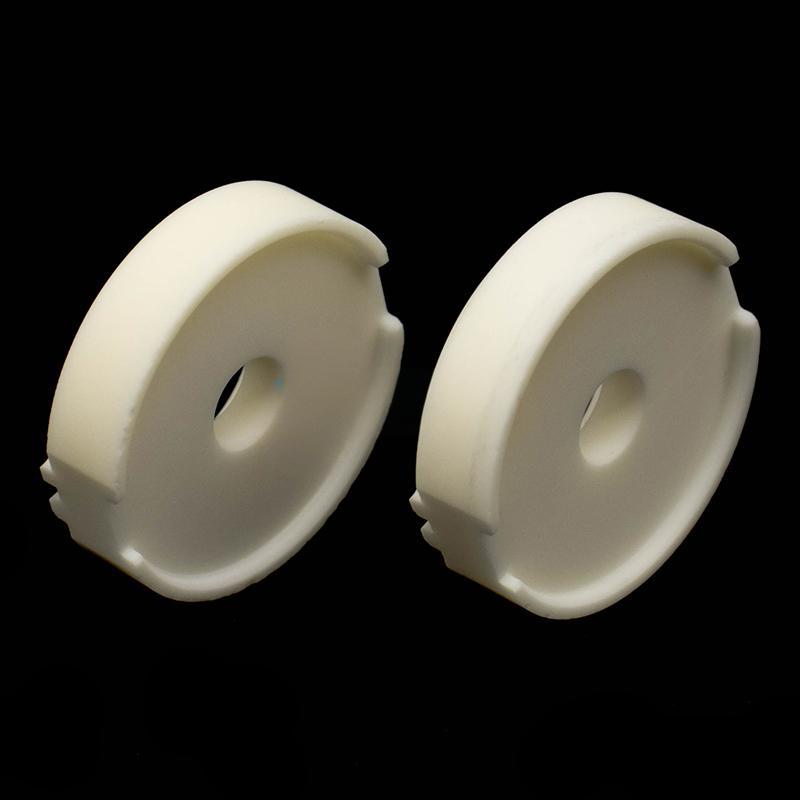
5、 Other industrial sectors
Metallurgical industry: Used as crucibles and protective tubes for melting metals such as aluminum, copper, silver, etc. Due to their non wetting and corrosion-resistant properties, high-purity metals can be obtained.
Heat treatment industry: As a sintering and heat treatment material for bearing plates, push plates, guide rails, etc., it is resistant to high temperatures, thermal shock, and has a much longer lifespan than other materials.
Corrosive environment: Used for manufacturing seals and components of chemical pumps and valves, resistant to corrosion from media such as acids and alkalis.
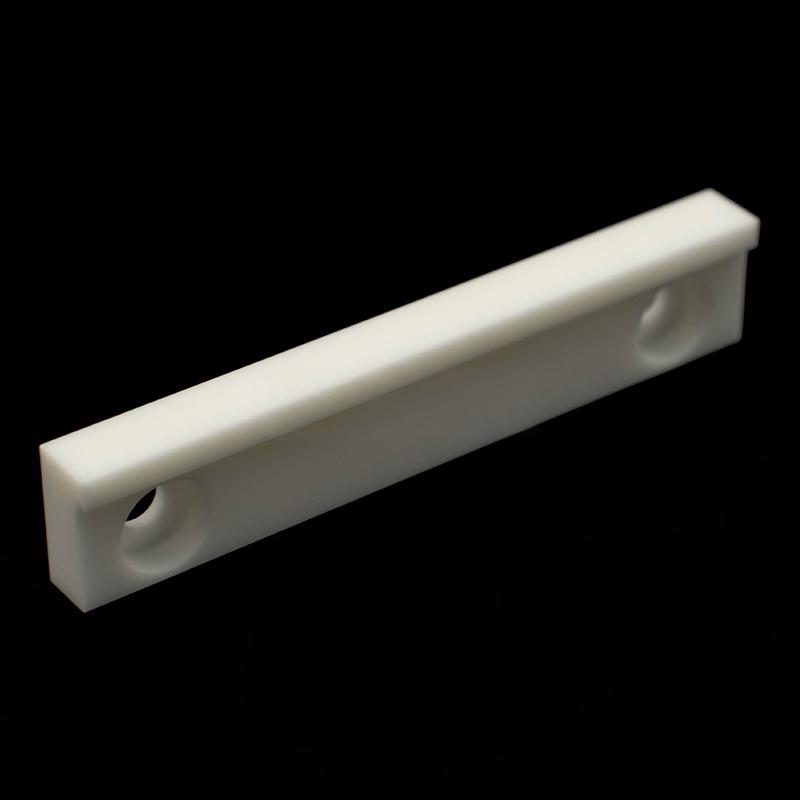
Aluminum nitride ceramics, as a key strategic advanced material, have directly promoted the development of cutting-edge technology fields such as semiconductors, 5G communication, new energy vehicles, and artificial intelligence through their applications. With the increasingly stringent requirements for heat dissipation and reliability in these industries, the application breadth and depth of aluminum nitride ceramics will continue to expand, becoming an indispensable cornerstone material for high-end manufacturing.
Brudeze Ceramics supplies and sells a wide range of high-quality quartz glass, including alumina ceramics, zirconia ceramics, silicon nitride ceramics, aluminum nitride ceramics, silicon carbide ceramics, boron carbide ceramics, bioceramics, machinable ceramics, etc. We can meet the customization requirements of various ceramic products.
PREVIOUS:Where is the wide application of zirconia ceramics
NEXT:What are the process methods for silicon nitride ceramics
CATEGORIES
LATEST NEWS
- Characteristics and Applica...
- The use of aluminum nitride...
- Performance and characteris...
- Characteristics and Applica...
- The method of polishing alu...
- Precautions for cleaning an...
- What are the advantages of ...
- What are the characteristic...
- What are the characteristic...
- What are the characteristic...
